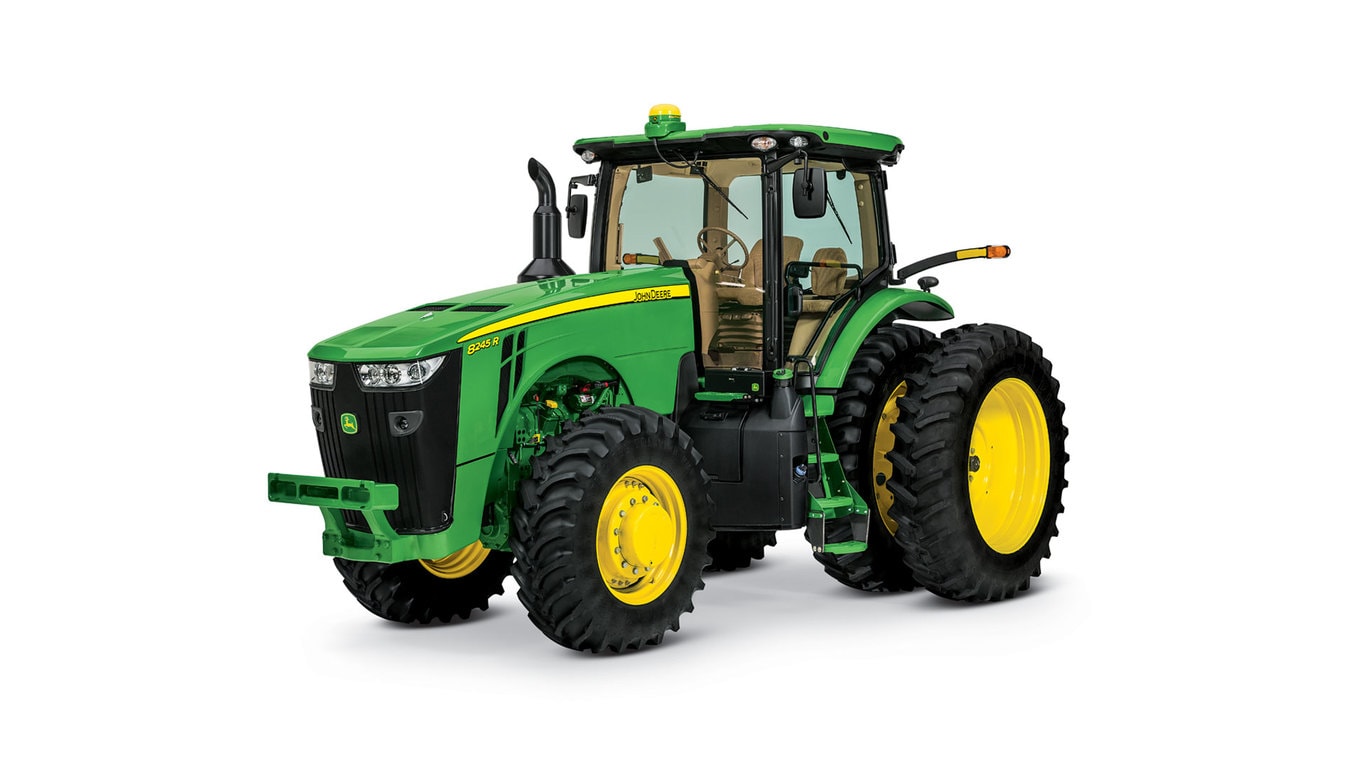Download Software Goodyear Optimum Tractor Tire Performance Handbook

The effects of reduced inflation pressure on soil-tire interface stresses and soil strength. Goodyear, Optimum Tractor Tire Performance Handbook. Under a tractor tire at various loads and inflation pressures. Goodyear, Optimum tractor tire performance. Optimum tractor tire performance handbook.
The tire pressures specified for your vehicle are agreed between the vehicle manufacturer and the tire producer. The recommended tire pressures for your vehicle//tire combination can be found in your vehicle handbook, inside the fuel filler flap or on the driver's door post. Tire pressure influences many important characteristics of the vehicle performance, such as: driving comfort, directional stability, cornering and braking grip, plus the general handling behaviour. Driving with incorrect tire pressure will have a negative influence on one or more of these important characteristics. Install Mscommlib.mscomm Programs. Your tires must be inflated to the pressure specified by the vehicle and tire manufacturer. This normally varies depending on the load and service conditions. The specified pressure always refers to the COLD tire and must not be allowed to fall below this value.
Program 2000 Ford Ranger Remote. The pressure inside warm tires will be higher due to the fact that driving causes heat build up. So never reduce the pressure inside warm tires. Because when they have cooled down their pressure could fall to below the minimum tire pressure. The tire pressure (including the spare if you have one) should be checked and adjusted every 14 days.
Especially important is to check and adjust your tire pressures before going on a long journey or on holiday, where the additional load may require the tire pressures to be increased according to the specification. A Tire Pressure Monitoring System (TPMS) must be installed in all new cars (category M1) from November 1st, 2014 onwards in Europe. The Tire Pressure Monitoring Systems can be based on different concepts and sensors. There are essentially 2 main types of TPMS system: Direct systems - pressure sensors integrated with the valve or attached to the rim or inside of the tire. Indirect systems - no pressure sensor fitted to the tire/rim. Pressure differences are measured 'indirectly' via for example tire rolling circumference changes. Car manufacturers may opt either for direct or for indirect systems.
Fitment and maintenance of TPMS systems should be left to the tire specialists. Nitrogen is sometimes offered as an alternative to air for tire inflation. Nitrogen is an inert (non-flammable) gas – basically, nothing more than dry air with oxygen removed. Air contains about 78% nitrogen. Because of nitrogen’s inert properties, it is often used in highly specialized tire service applications and/or demanding environments such as aircraft and mining applications.
Nitrogen is also often used in motor racing. For normal tire service applications, nitrogen tire inflation is not required. However, nitrogen tire inflation does not harm tires and may marginally contribute to reductions in tire inflation loss by permeation. Nevertheless, nitrogen will not prevent any tire inflation loss caused by punctures, tire/rim interface (bead) leaks, valve leaks, valve/rim interface leaks, wheel leaks, etc. Whether inflated with air or nitrogen, regular tire inflation pressure maintenance remains critical and necessary. Use of nitrogen alone is not a replacement for regular tire inflation pressure maintenance.